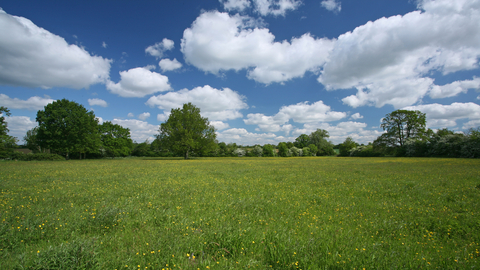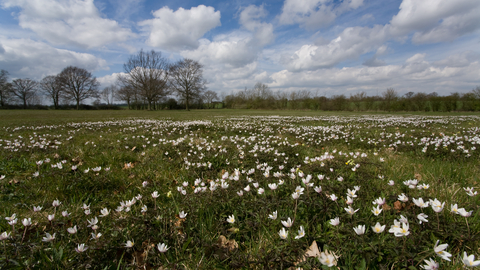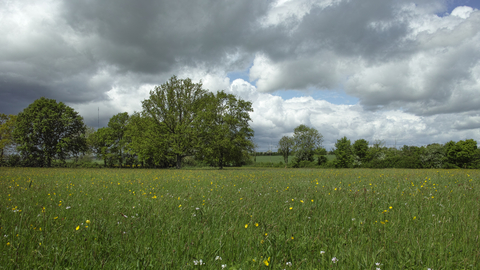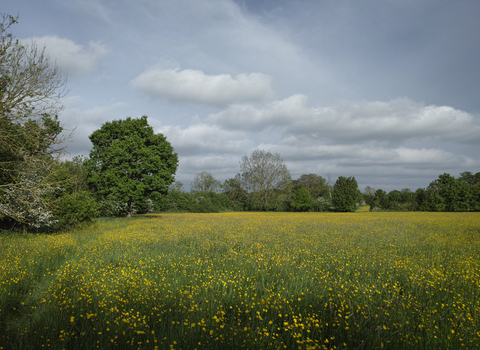
By Steve Aylward
By Steve Aylward

By Steve Aylward

By Steve Aylward
Mickfield Meadow Nature Reserve
Know before you go
Dogs
When to visit
Opening times
Open at all times. Best to visit before hay cut in July.Best time to visit
April to June (before hay cut or grazing)About the reserve
Mickfield Meadow is a stunning flower-rich hay meadow that has never been sprayed or fertilised. As a result it contains a host of wildflowers, many of which are now scarce in Suffolk. To maintain this rich flora, the meadow is managed by a summer hay cut and then grazing the late summer growth. The unusual mix of plants growing here adds to its botanical interest.
In parts of the meadow you can see goldilocks buttercup and the low growing wood anemone – both plants more usually associated with ancient woodlands. In the wetter parts look for marshland flowers like ragged-robin and meadowsweet.
The boundary hedges are maintained by a combination of trimming and coppicing. This involves periodically cutting sections to the ground, which encourages re growth and creates a long living, dense hedge that is great for wildlife.

